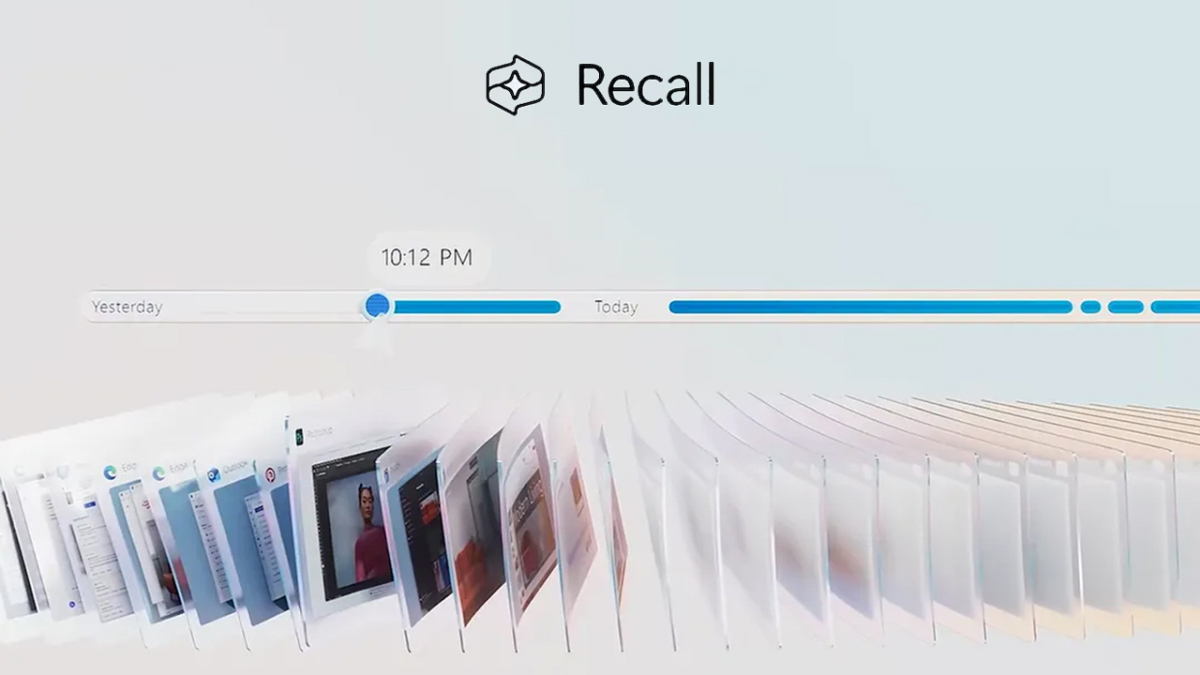Microsoft's Controversial Recall Feature to Undergo Testing Amid Privacy Concerns and Security Enhancements
August 21, 2024
Microsoft's Recall feature, which has faced significant backlash over privacy concerns, is set to be tested by Windows Insiders in October after a previous delay.
Critics, including security researchers, have labeled Recall a 'privacy nightmare' due to its monitoring capabilities and the potential for unauthorized access to sensitive data.
Concerns were heightened when researchers discovered that plain text data from screenshots was stored insecurely on PCs, raising fears of potential data breaches.
Privacy advocates have warned that Recall could be exploited by threat actors, further complicating its rollout.
Originally unveiled in May 2024, the feature was delayed due to these privacy and data security concerns, prompting Microsoft to implement major changes.
In response to the issues raised, Microsoft plans to enhance security by implementing new encryption measures and requiring user authentication through Windows Hello.
The updated Recall feature will be an opt-in experience, meaning users must activate it voluntarily, and it will utilize just-in-time decryption for added security.
Following the backlash, Microsoft temporarily withdrew Recall to address user concerns and improve privacy measures.
Recall will be exclusive to Copilot+ PCs, which require advanced hardware capabilities, and will include a user-friendly interface for accessing saved screenshots.
Experts suggest that Recall may primarily benefit a niche group of knowledge workers rather than casual PC users, limiting its overall appeal.
At least one government agency is investigating Microsoft regarding the potential security risks associated with Recall, highlighting the feature's controversial nature.
The introduction of Recall aligns with Microsoft's broader strategy to enhance AI capabilities in Windows, marking a significant transition towards more advanced computing solutions.
Summary based on 21 sources
Get a daily email with more Tech stories
Sources

The Verge • Aug 21, 2024
Microsoft’s Recall AI feature won’t be available for Windows testers until October
Mashable • Aug 21, 2024
Recall just got a release date window for Windows PCs. Here’s when you’ll get to test it.
Ars Technica • Aug 21, 2024
Microsoft will try the data-scraping Windows Recall feature again in October